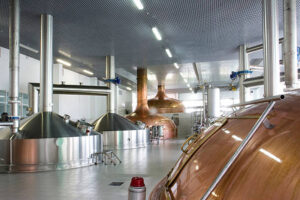
What is the right housing material for your beer equipment?
In the beer brewing industry, the material of your equipment’s housing is critical to ensuring the quality of your beer, maintaining the hygiene of your equipment, and increasing your productivity. When you visit a brewery you will find different beer equipment housings, generally in two main categories: stainless steel and copper. Stainless steel can be

Compact brewing equipment best suited for microbreweries
Compact brewery equipment is designed to minimize space usage while ensuring efficient production capacity and quality control. Compact brewery equipment systems can perfectly meet the needs of craft brewers. The key is to combine flexible brewing processes and brewing scales with the usually very limited available space. Diversified brewing on a limited basis promotes the

A Guide to Beer Brewing Trends for 2024
Although the beer market saw some decline in the last nine months of 2023, experts consider it one of the most stable markets, capable of creating trends and successfully retaining customers. From this article, you’ll learn what to expect in 2024 and what to expect from the beer industry. As the brewing industry continues to

Difference Between Bottled and Canned Beer
The brewing industry continues to evolve, and bottling and canning have become a constant debate between consumers and producers. Each packaging method has its unique advantages and attractions, and making the right choice is not only a matter of personal taste preference, but also a matter of product quality, market acceptance, and environmental impact. This

What’s a nanobrewery?
A nano brewery is a small brewery that produces beer in batches of less than three barrels (93 gallons) at a time. The name nanobrewery suggests a smaller operation than microbreweries, which can grow up to 15,000 barrels of beer per year. Small breweries are usually run by avid home brewers who have turned a
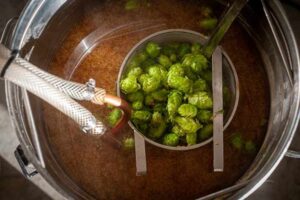
What is beer filtration?
Beer filtration is an important step in the beer production process designed to remove solid particles and suspended matter from the beer to improve its appearance and taste and to extend its shelf life. In all cases, filtration is the key to improving the quality and taste of beer. Whether an individual is homebrewing beer,
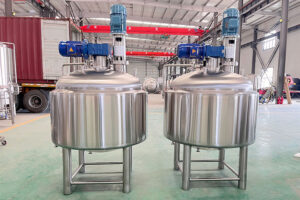
500L mixing tanks in UK
These are 500L mixing tanks customized for the customer to produce fruit smoothies. It has two motors and a blender according to the customer’s requirements. And the blender can scrape the bottom and sides of the pipe to blend the smoothie better. If your product requires a mixing tank, we can customize any type of

What is the best home beer brewing kit?
Many times it is much cheaper to brew beer at home than to buy it. With a home beer brewing kit, you can experiment with different flavors, save money, and take pride in brewing unique craft beers. Home beer brewing kits come in a wide variety, ranging from simple fermentation buckets to fully functional brewing
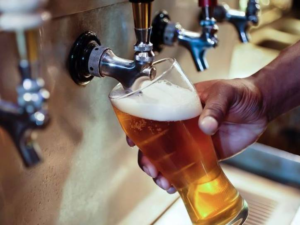
How To Clarify Beer?
Many homebrewers and commercial brewers aspire to achieve beer that is crystal clear. Even though haze could be acceptable in some beer types, it is usually linked with high quality and skillfulness. This reference will cover the different methods and techniques involved in clarifying beer ranging from brewing practices to applications of fining agents and
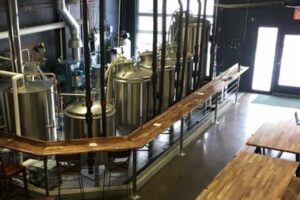
What are the necessary conditions to start a small brewery?
Craft beer is gradually gaining popularity in the market for its unique taste and personalized brewing process. Starting a small brewery is not only about the love of the art of brewing, but also about pursuing your entrepreneurial dreams. In this guide, we’ll go over the key steps that will help you start a brewery.
Learn more about winemaking
If you want to learn more about winemaking, you can subscribe to our blog for updates. We will update the blog every week so that you can learn more about winemaking.
